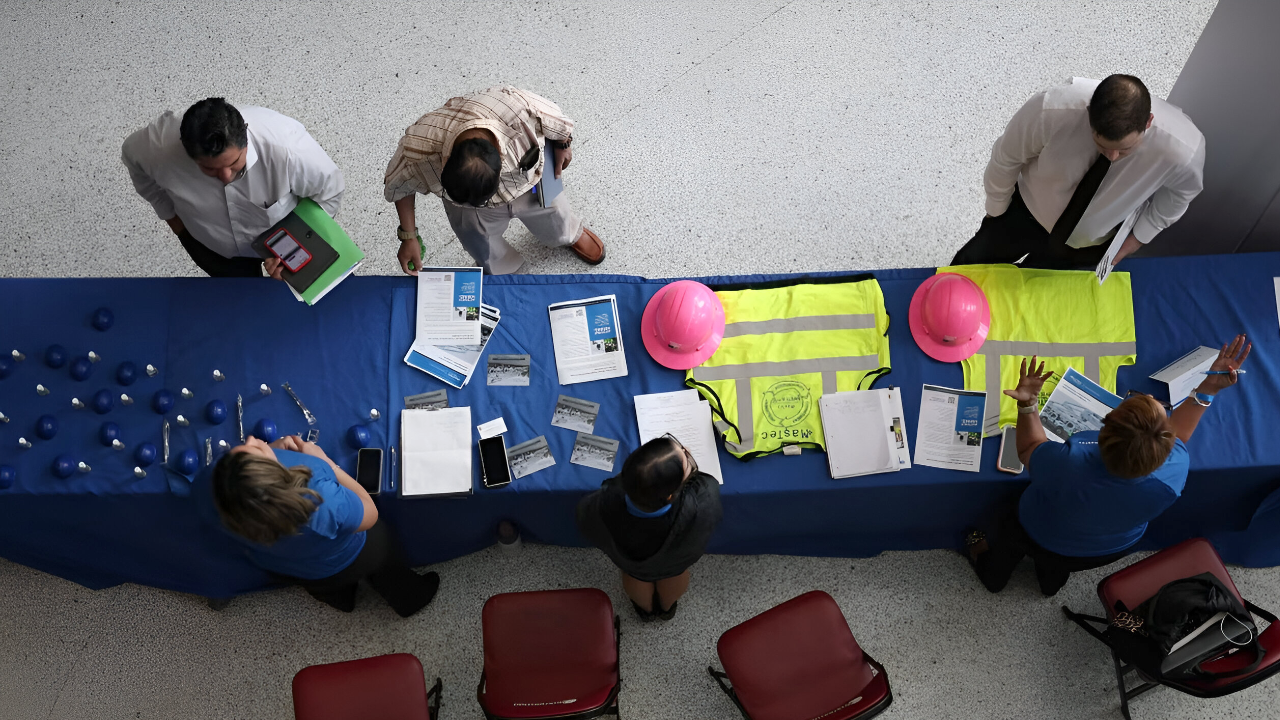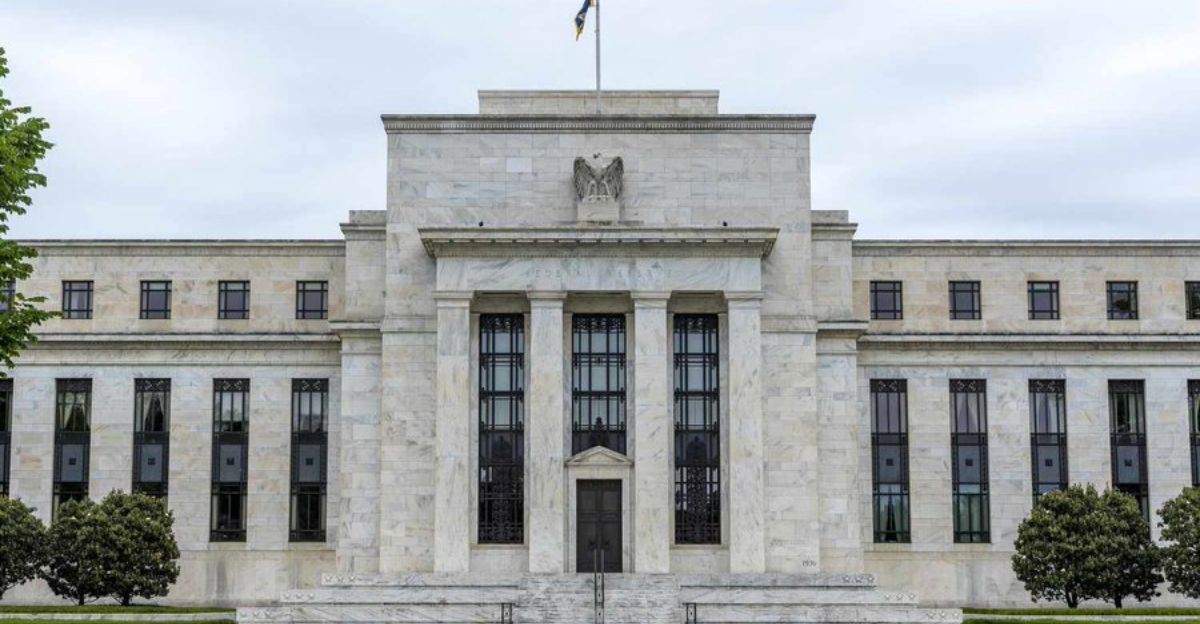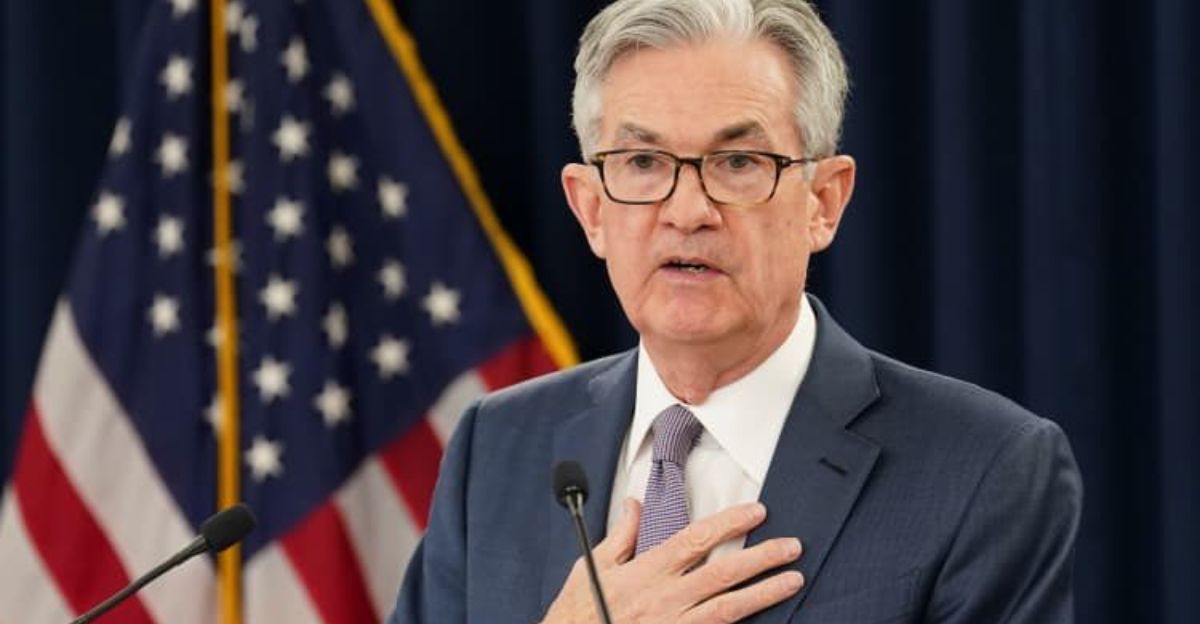
On October 1, 2025, ADP reported that the U.S. private sector lost 32,000 jobs in September, marking the first consecutive monthly declines since the pandemic. The downturn followed a downward revision of August’s data, showing a loss of 3,000 jobs instead of a gain.
“Despite the strong economic growth we saw in the second quarter, this month’s release further validates what we’ve been seeing in the labor market—that U.S. employers have been cautious with hiring,” said Dr. Nela Richardson, ADP’s Chief Economist.
With the government shutdown delaying official BLS data, how deep could this slowdown run?
A Shocking Turn in the Job Market

September delivered a jolt to the U.S. labor market as private-sector data signaled an unexpected contraction. With the federal shutdown halting official government reports, economists turned to ADP for clues—and what they found painted a troubling picture of decline, not growth.
ADP’s revised data erased previously reported gains, showing the private sector actually lost 3,000 jobs in August and 32,000 in September. But this wasn’t the only surprise—earlier BLS revisions quietly removed another 258,000 jobs from spring totals, suggesting the slowdown had been brewing for months.
Data Blackout Leaves Economists in the Dark

The October government shutdown stopped the Bureau of Labor Statistics from releasing its September jobs report for the first time in 12 years. With funding lapses halting key agencies, policymakers were left to navigate an economy without official guidance—relying only on August’s weak data showing just 22,000 jobs added and unemployment climbing to 4.3 percent.
As uncertainty deepened, markets and analysts scrambled to interpret a fast-changing labor landscape with no federal benchmarks to rely on.
The Fed Turns to Private Data

Federal Reserve Chair Jerome Powell admitted the central bank was now “relying on data from the private sector, including payroll provider ADP,” alongside anecdotal insights from companies contacted by regional Fed branches. This made ADP’s employment report a rare beacon in the data fog.
But even that light came with shadows. ADP’s report showed private-sector employment fell by 32,000 jobs in September—the first monthly decline since 2020. Was this a temporary dip or the start of something bigger?
When Numbers Don’t Align

Economists quickly noticed troubling discrepancies. ADP’s reports often conflicted with BLS data, sometimes showing losses where government figures had shown gains before later revisions. In May and June 2025 alone, those mismatches spanned over 160,000 jobs.
Former BLS Commissioner Erica Groshen explained, “I think of these as complements, not competitors,” noting each tracks different employment dimensions. Still, with ADP covering only private jobs, about 23 million public workers were invisible in its data.
Hiring Rate Hits Lowest Level Since 2013

In August 2025, the U.S. hiring rate fell to 3.2%, marking the lowest level outside the pandemic since 2013, according to the BLS Job Openings and Labor Turnover Survey released September 30, 2025. Total hires reached 5.1 million, highlighting a significant slowdown in labor market activity.
Heather Long, Chief Economist at Navy Federal Credit Union, said, “The job market has been nearly frozen for close to a year, worsening the situation for job seekers” on September 30, 2025. How will this stagnation ripple through wages and opportunities?
Small Businesses Bear Brunt

In September 2025, small businesses drove job losses, shedding 40,000 positions. Firms with 20-49 employees lost 21,000 jobs, while those with fewer than 19 employees cut 19,000. Medium companies trimmed 20,000, and large firms added 33,000 jobs.
John Ibes, a small Minnesota landscaper, told Marketplace on September 30, 2025: “The future projection to me is downhill. The customer base that we had before was wider and that’s narrowing.”
Hardest-Hit Sectors

Leisure and hospitality lost 19,000 jobs in September, while professional and business services shed 13,000. Other losses included services (-16,000), trade/transport/utilities (-7,000), and construction (-5,000).
Leisure and hospitality had added 28,000 jobs in August, making September’s decline a sharp reversal. These sectors now reflect where economic pressures are most concentrated.
Healthcare Remains Bright Spot

Education and health services was the only sector gaining jobs in September, adding 33,000 positions. Over the prior year, healthcare averaged 42,000 monthly job gains, totaling 1.8 million from July 2023 to July 2025—over half of U.S. growth.
Bloomberg noted on September 8, 2025: “Health care remained the largest contributor to job growth,” while the Wall Street Journal called it “a rare bright spot in the stalling labor market.” How long can healthcare sustain this pace amid broader slowdown?
Long-Term Implications for Job Seekers

Elise Gould, Economic Policy Institute, warned, “Lower turnover rates can hinder new job entrants and negatively impact average wage growth,” especially affecting nearly 2 million Americans unemployed over six months.
The August 3.2% hiring rate underscores that opportunities for new hires are shrinking, limiting pay growth and career mobility. With the October shutdown halting further BLS reports, the labor market’s trajectory remains uncertain.
Could AI Be The Driver Of Job Losses?

September saw 7,000 jobs cut nationwide due to AI, according to Challenger, Gray & Christmas. Another 20,000 were linked to broader technology shifts.
The Federal Reserve Bank of New York noted only 1% of service firms experienced AI-driven layoffs, suggesting technology played a minor role.
CEOs Question AI’s Role in Layoffs

Tech leaders are skeptical that AI alone is driving cuts. Will Wilson, CEO of Antithesis, told Politico on October 16, 2025: “I think CEOs are using AI as an excuse to explain a wave of layoffs that are probably way over-determined by interest rate changes.”
This perspective hints that many reported AI job losses may be overstated, with economic and policy factors playing a larger role.
Wage Growth Slows

In September, job-changers saw pay gains slow to 6.6% annually, down from 7.1% in August. Job-stayers experienced flat growth of 4.5%, narrowing the differential and signaling reduced worker leverage.
ADP reported that leisure, hospitality, and financial activities led the slowdown, a sharp decline from the 16.1% peak in April 2022. With inflation at 2.9%, real wage gains were modest. Could these trends start reshaping hiring and retention strategies?
Real Wages and Purchasing Power

Job-stayers’ median pay reached $61,000 in September 2025, translating to roughly 1.6% real gains after inflation. Job-changers fared better, with about 3.7% real improvement in purchasing power.
Wage growth remained strongest in financial activities (5.2%), manufacturing (4.7%), construction (4.5%), and leisure/hospitality (4.5%). Rising inflation, including 3.2% food price growth, continues to pressure household budgets.
Inflation Pressures Persist

Consumer prices rose 0.4% month-over-month in August , the largest monthly increase since January. Used vehicles surged 6% annually, while core inflation stayed elevated at 3.1%.
The combination of slowing wage growth and rising prices highlights tightening conditions for workers. Will these dynamics force the Federal Reserve to adjust interest rate policies sooner than expected?
Fed Faces a Delicate Balancing Act

Ahead of its October 28–29 meeting, the Federal Reserve weighed rising labor market risks with persistent inflation. August data showed unemployment at 4.3% and job-stayer wage growth at 4.5%, signaling slower but stable conditions.
After a 25-basis-point cut in September, markets viewed the labor market as weaker than anticipated. Fed Chair Powell noted that slower payroll gains and lower labor force participation intensified downside employment risks. How will the Fed act next?
Powell Flags Labor Market Risks

Speaking October 14, 2025, Powell stated: “Rising downside risks to employment have shifted our assessment of the balance of risks.” He highlighted slowed payroll growth partly due to reduced immigration and labor force participation.
Powell emphasized the challenge of balancing employment and inflation goals, noting 12-month core PCE inflation at 2.9%. The Fed plans to adjust policy based on evolving economic data, not a fixed path. What might this mean for interest rates before year-end?
Market Bets on Rate Cuts

Despite a government shutdown delaying September data, Powell said, “the outlook for employment and inflation does not appear to have changed much since our September meeting.” Evidence suggests layoffs and hiring remain low, with both households and firms perceiving tighter job markets.
CME FedWatch shows a 97% probability of a 25-basis-point cut at the October meeting. Governors Bowman and Waller expect up to two additional cuts by year-end. Could these moves reignite hiring or temper inflation pressures?
What Lies Ahead for the Labor Market?

As the economy enters the final quarter of 2025, job growth projections remain cautious, inflation stays elevated, and firms adjust hiring to uncertain conditions.
These factors suggest a complex labor market balancing act ahead. The next few months will reveal whether this slowdown deepens or stabilizes.